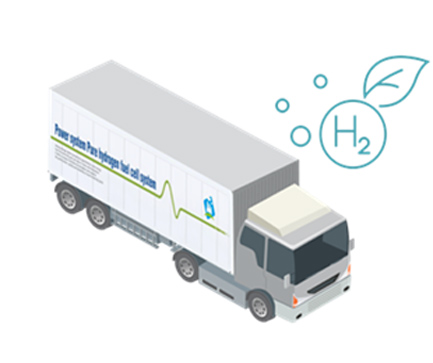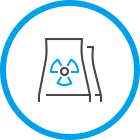PIELDS ENGINEERING
Hydrogen Production Facilities
Small-scaleSMR
Small-scale Steam Methane Reforming (SMR) is the most common method used for
converting natural gas (primarily methane, CH₄) into hydrogen (H₂) and carbon monoxide (CO).
The process uses high temperatures and a catalyst for the reaction of methane
with water (steam) to produce hydrogen.
The capacity of small SMRs is typically 000 or less.
Small SMRs are highly constrained spatially and need to be designed very carefully.

Process step

- Preheating and Desulfurization : Preheats natural gas to high temperatures and removes sulfur to prevent damage to the catalyst.
- Reforming Reactions : Preheated methane and steam reactunder the influence of a catalyst in a reforming reactor.
In this step, methane and steam react to produce primarily hydrogen, carbon monoxide, and carbon dioxide. - Water-Gas Shift : The gas mixture from the reforming reaction is sent to a water-gas shift reactor,
where carbon monoxide is further converted into hydrogen and carbon dioxide. - Purification of Gas : Carbon dioxide and other impurities are removed from the resulting gas mixture to obtain pure hydrogen.
Techniques such as Pressure Swing Adsorption (PSA) are commonly used for this purpose.
Technical Services from Pields Engineering
-

step1
Process Design (Basic & Detailed)
-

step2
Technical Consulting for
Factory Optimization and
Performance Improvement -

step3
Factory Renovations
-

step4
Feasibility Studies
-

step5
Commissioning Support
Benefits of Pields Engineering
- Provides basic design services as part of an EPC package.
- Experienced in securing key package vendors and collaborating on EPC work.
- Experienced in conducting R&D for reformer and solid-state hydrogen storage system technology using small SMRs.
- The support of experienced personnel helps reduce costs and time.
- Has experience working on projects across a variety of hydrogen-related fields.
- Reduces CO2 emissions with CCUS technology.

